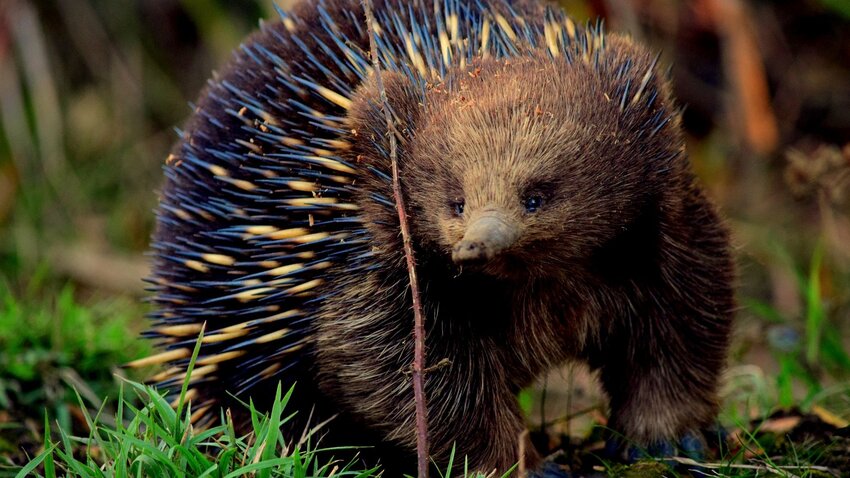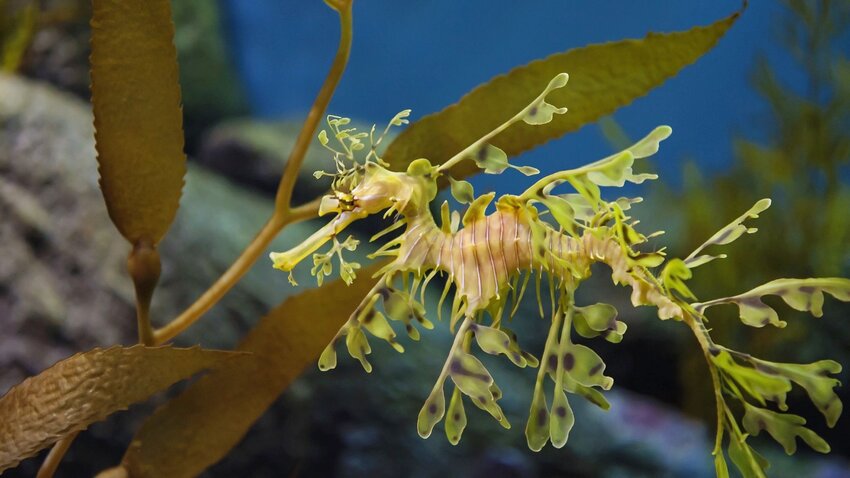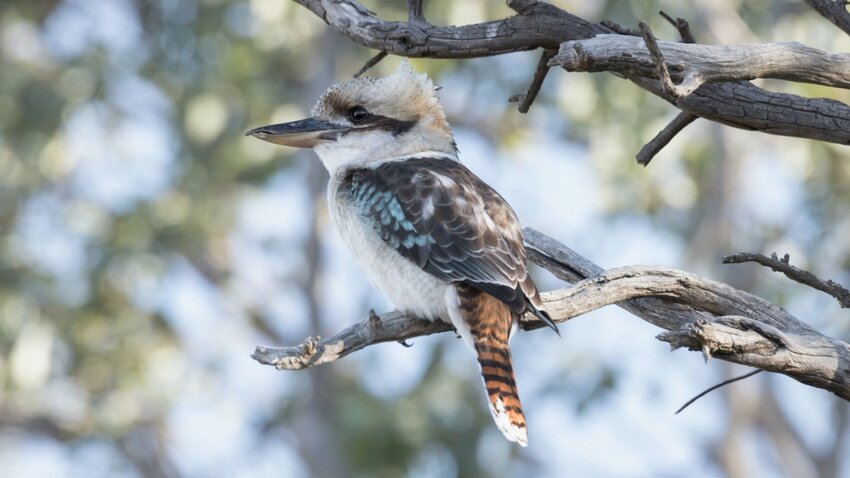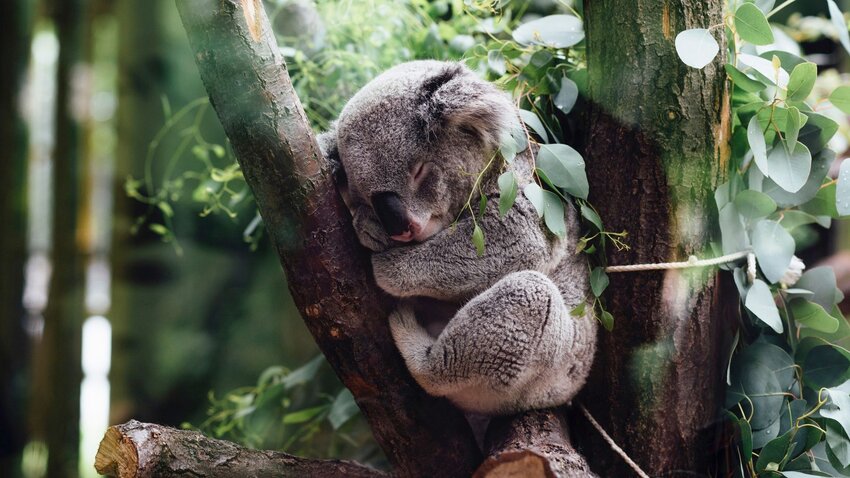While you are in Australia, you might have a checklist of experiences that you want to tick off. If you want to cuddle a koala, or get face to face with a great white shark, you won’t have any trouble making this happen at a zoo, wildlife sanctuary, or aquarium where a close-up and a selfie can be guaranteed.
However, if you want to see wildlife in the wild, or just on a budget, you’ll need a different approach. In many cases, you can get out and see wildlife wherever you’re staying in Australia. You won’t even have to stray far from the city that you’re visiting.
See Kangaroos at Dusk

When I say kangaroos, you may be thinking of the red kangaroo. The problem with seeing one of these beauties is that they prefer to live in the hot, arid interior of the country, while the majority of the human population hugs the coastline.
Don’t despair. It is ridiculously easy to see other types of kangaroos and wallabies in Australia. If you are visiting Australia’s most populous cities (Sydney and Melbourne) or our capital city of Canberra, then eastern grey kangaroos will never be too far away. You can see kangaroos in the suburbs, but you will need to be close to the bushland where they live. One of the easiest ways to see a kangaroo hopping about is to find an open grassy area near some bushland, and to head there at dusk. Kangaroo mobs will come out in the twilight hours to graze on fresh new shoots of grass if they can find them, so golf courses, parks, or picnic areas near reserves are the perfect places to try.
If you see signs beside the road warning of kangaroos crossing, then this is probably a good area to start. Just be careful when driving along these roads at dusk. When cars and kangaroos collide, very nasty accidents can occur. And if you see a mob of kangaroos, then remember to keep a respectful distance. The smaller members of the kangaroo family aren’t usually aggressive, but they are wild animals, and you are on their home turf.
Spot Some Sleepy Koalas

Koalas won’t be quite as easy to spot. Even if you’re standing right below them, they blend into the trees pretty well, as they spend most of the day dozing high in the treetops. And although there are still significant pockets of koalas in New South Wales, there are fears that they could become extinct in the state by 2050.
Because koala distribution is patchy (with some areas overcrowded, and others rapidly losing their populations) you will need to do a little more planning before you find them.
Search for known koala populations near where you’re staying in Australia, and head there. Raymond Island in Victoria’s Gippsland region is a perfect example. This small island is teeming with wildlife, and the koala population is so prolific that the only advice you will need to see them is, “Look up.”
Get Off the Beaten Track

Some of our shyer wildlife species can be difficult to find, but it’s worth keeping your eyes peeled while exploring to see what you can see. Find some local bushwalking tracks, and try to get there at a less popular time of day. Make as little noise as possible, and keep your eyes peeled.
Depending on where you are, you might see echidnas, wallabies, and some of our more famous birds. Just take care when walking in the bush - you may sneak up on some scary wildlife, including snakes, who love to bask on sunny paths. Australia has some very deadly varieties, and although fatalities are rare, if you’drather play it safe, then ignore the advice about staying silent. Instead, make plenty of noise, and most snakes will slither away before you ever get a chance to encounter them.
Go Swimming Under a Pier

If you’re already taking a swim at a more sheltered beach, then chances are there will be some life under the local jetty. It may not match the excitement of diving on the Great Barrier Reef, but many popular swimming beaches are also home to a variety of fishy friends.
Just like bushwalking, nothing is guaranteed, but you could easily get lucky and see some ‘exotic’ species, such as the leafy seadragon.
Go Camping, and Listen to the Dawn Chorus

If camping’s not your cup of tea, then there are plenty of luxury bush retreats and glamping options. However, if you are feeling adventurous enough to take a tent out into the state forest, a national park, or even onto a farm stay, then you are sure to be rewarded with some wild(life) encounters.
Camping lets you spend time in an animal’s habitat throughout the day and the night, so you have more chance of catching diurnal and nocturnal critters.
You may find wombats and possums scampering about the campsite at night, and in the morning you are likely to be woken by caroling magpies or a cacophony of kookaburras laughing.
All of these self-guided adventures are achievable with some preparation and a little bit of information on the local area. Of course, wildlife encounters aren’t guaranteed, but if you don’t have any luck, then at least you haven’t paid for an expensive tour. During your excursions, you’ll be forced to slow down and be more observant, and you will probably have a great deal of fun planning, exploring, and spending time in the great outdoors in this great southern land.





